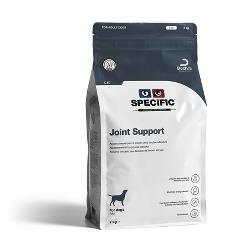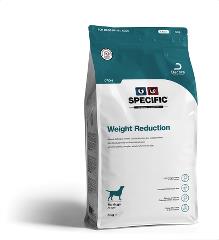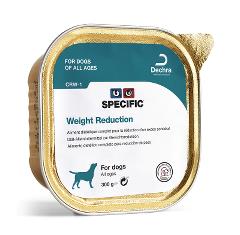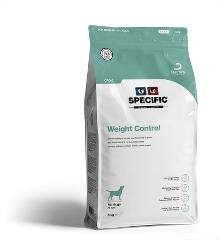Whether they are running after a toy or jumping on and off the sofa, your dog’s joints are under constant pressure. You want to encourage them to keep active, but the more they use their joints, the more chance of injuries, potentially leading to longer term joint-related problems. It’s also a fact that pets are living longer because of improvements in diet and better health care. So, it stands to reason that vets see many more age-related problems in their consulting rooms than ever before, including osteoarthritis.
What is osteoarthritis in dogs?
Osteoarthritis is a progressive and permanent long-term deterioration of cartilage surrounding the joints. It’s common in older dogs. In fact, osteoarthritis affects over 90% of dogs over five years old. In a normal healthy body the ends of bones, where they meet at the joints, are coated with protective cartilage. Cartilage is constantly broken down and rebuilt. In a healthy body, it is rebuilt faster than it is broken down. However, the speed of rebuild can be slowed down, by old age, disease or genetics. Also the speed of breakdown can be increased by vigorous exercise or excess weight. When this happens cartilage is rebuilt more slowly than it is broken down causing cartilage degradation. When this happens the bones can rub together, causing pain, irritation and inflammation. Whatever the cause, osteoarthritis can seriously affect how happy and healthy your dog is.
What are the symptoms of osteoarthritis in dogs?
Acute pain is rarely the first sign of osteoarthritis. A more common sign is that your dog becomes less active. This can be simply doing less on a daily basis, but also when your dog shows more difficulty with everyday activities such as climbing onto the sofa or getting into your car. You might also notice your dog struggles more when the weather is colder.
How do you treat osteoarthritis in dogs?
With successful treatment of pain and inflammation, your dog should be able to live a normal life. If the disease is severe, surgery may be suggested. This can be anything from flushing out of joints, to complete joint replacement. However, if your dog is fit and healthy in all other ways then changing your dog’s diet will be all that is needed to treat your dog. The right nutrients (such as fish oils) can help to control signs and symptoms of the disease.
Find foods to help dogs with their mobility
How can diet help my dog with osteoarthritis?
There are 3 ways in which nutrition can help with the management of Osteoarthritis.
Managing inflammation:
Foods rich in Omega-3 fatty acids from fish oils can help support the natural anti-inflammatory process
Supporting cartilage:
- Omega-3 from fish oils, reduces the activity of cartilage degrading enzymes
- Chondroitin and hydrolysed collagen peptides are key components of cartilage and their inclusion in the diet provides the necessary building blocks for cartilage reconstruction
- Manganese supports the creation of new cartilage
- Free radicals released during inflammation cause further cartilage degradation. High levels of anti-oxidants in a diet can help neutralize these free radicals
Weight management:
Excess weight is both a cause and a result of the problem. Excess weight increases the levels of cartilage degradation contributing to the onset of osteoarthritis. At the same time the reduced mobility, caused by the pain, contributes to weight gain, exacerbating the problem. Look for diets low in fat, to reduce the energy content, and high in fibre creating a feeling of fullness.








